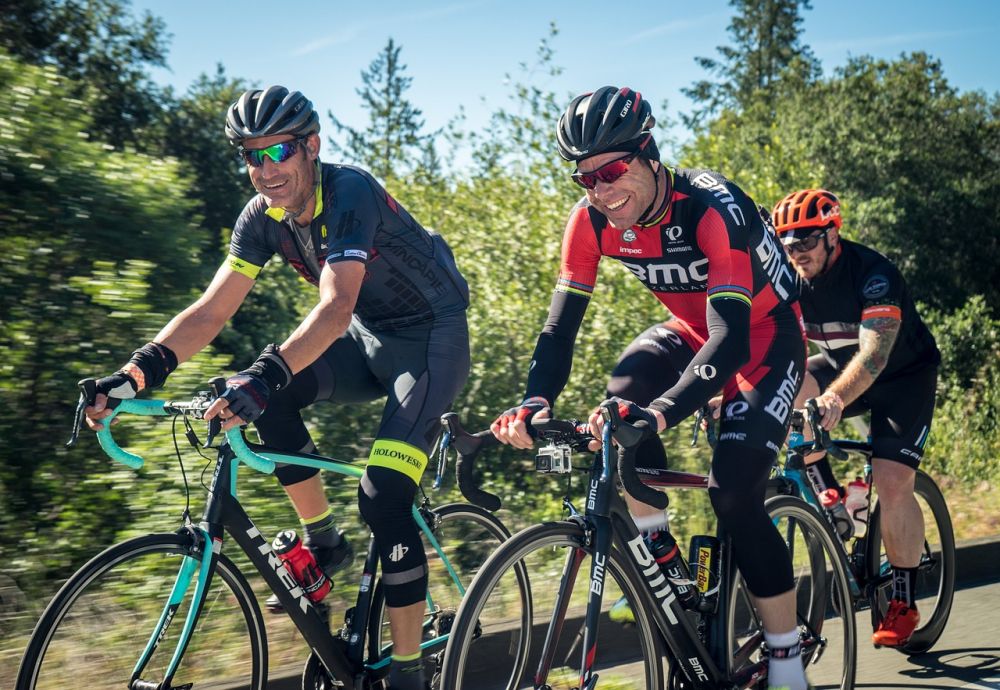Paris Nice: Exploring the Iconic Cycling Race

Introduction:
Paris Nice is a prestigious and thrilling cycling race that attracts both professional cyclists and avid fans alike. In this article, we will delve into the history and significance of this iconic race, providing valuable insights for enthusiasts and those interested in learning more about the sport.
1. Understanding Paris Nice:

Paris Nice, often referred to as the “Race to the Sun,” is a prominent stage race held annually in France. It typically takes place in the early spring, serving as a preparatory event for major races like the Tour de France. The race consists of multiple stages, covering a variety of terrains and showcasing the versatility of the cyclists.
Key Points:
– Paris Nice is a prestigious and challenging cycling race held in France.
– It serves as a preparatory event for major races like the Tour de France.
– The race consists of multiple stages, each presenting unique challenges to the cyclists.
2. A Historical Journey:
2.1 Origins of Paris Nice:
The inaugural edition of Paris Nice was held in 1933, making it one of the oldest cycling races in the world. This race was born out of the desire to create an event that bridged the gap between winter training and the upcoming racing season. Organized by Parisian newspaper publisher Albert Lejeune, it quickly gained popularity among both riders and spectators.
2.2 Evolution over Time:
Since its inception, Paris Nice has undergone several transformations. Initially, it was primarily a race for professionals, but as its reputation grew, it started attracting some of the most exceptional cyclists from around the world. The race route has also evolved, incorporating both flat stages and challenging mountain climbs to bring out the best in the riders.
Key Points:
– Paris Nice was first held in 1933 as a bridge between winter training and the racing season.
– It started as a race for professionals but has since attracted international talent.
– The race route has evolved to include various types of stages, testing riders’ skills and endurance.
3. The Thrills and Challenges of Paris Nice:
3.1 Terrain Diversity:
One of the unique features of Paris Nice is the diverse terrain it covers. From the scenic coastal roads to the demanding mountain climbs, each stage presents a new challenge. This variety not only creates an exciting viewing experience for fans but also tests the cyclists’ abilities to adapt to varying conditions.
3.2 Tactics and Strategy:
Paris Nice is not only a test of physical endurance but also a battle of wit and strategy. Cyclists must navigate through different stages, employing tactics such as attacking on climbs, working in teams, and making strategic alliances. These factors make the race even more captivating to both participants and spectators.
Key Points:
– Paris Nice features a diverse range of terrains, including coastal roads and mountain climbs.
– The race tests the adaptability and strategic thinking of the cyclists.
– It offers an exciting viewing experience for fans as they witness intense battles between riders.
Conclusion:
Paris Nice is more than just a cycling race; it is a celebration of the sport’s rich history, challenging routes, and the riders’ remarkable skills. With its longstanding traditions and ever-evolving nature, this race has rightfully earned its place among the most prestigious events in the cycling world. Whether you are a seasoned enthusiast or new to the sport, Paris Nice promises an exhilarating and unforgettable experience for all.





